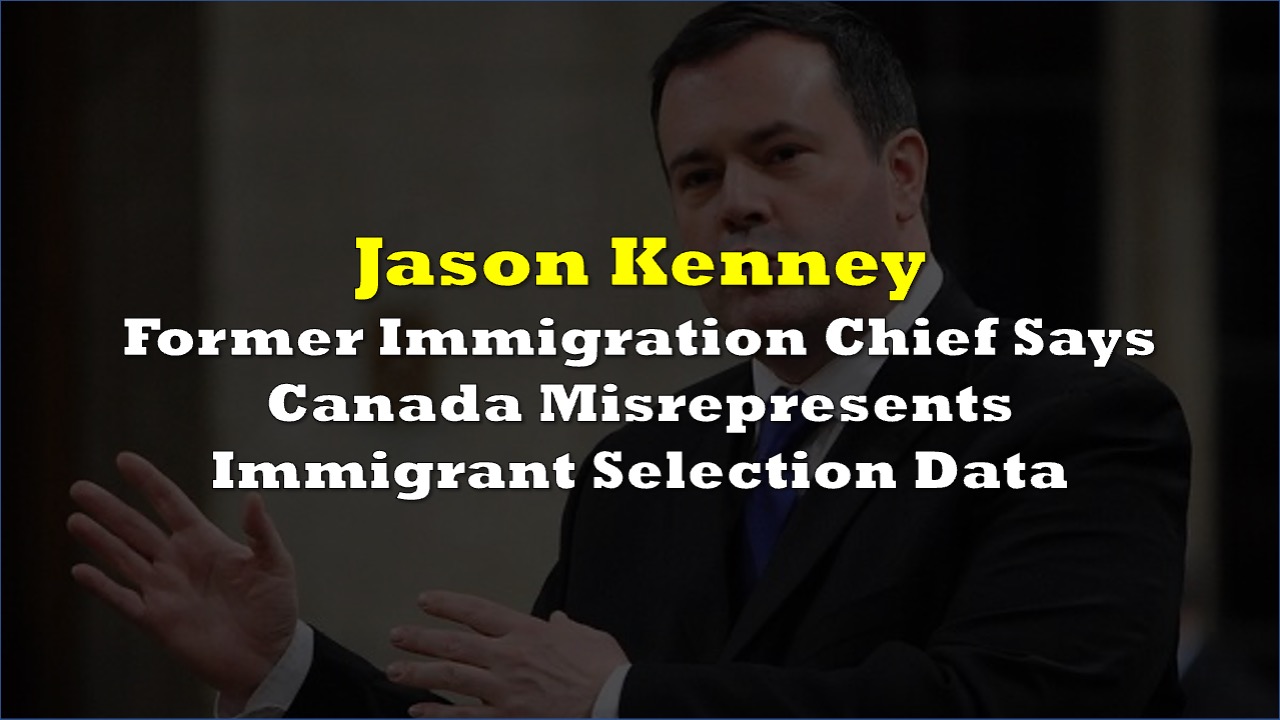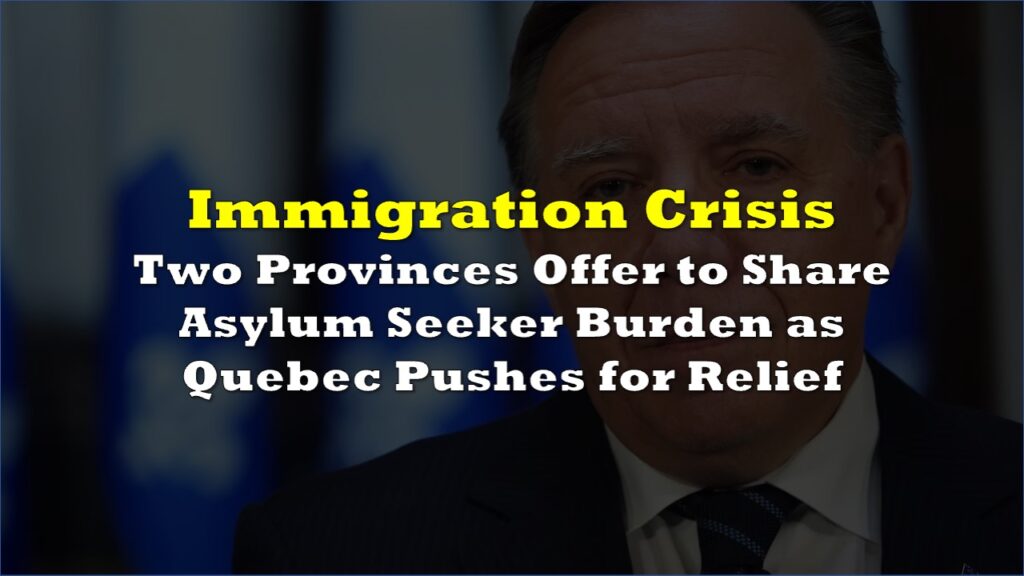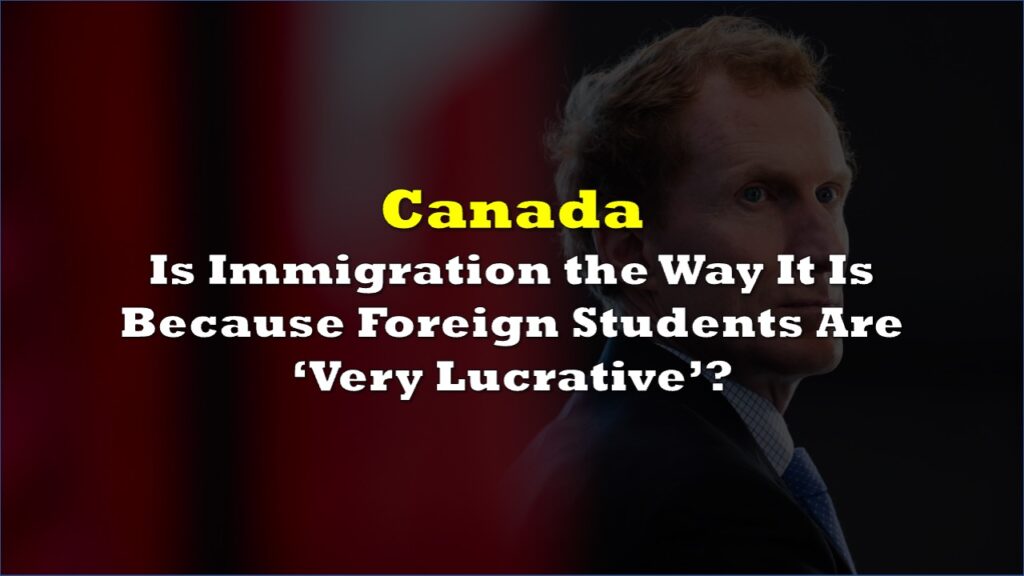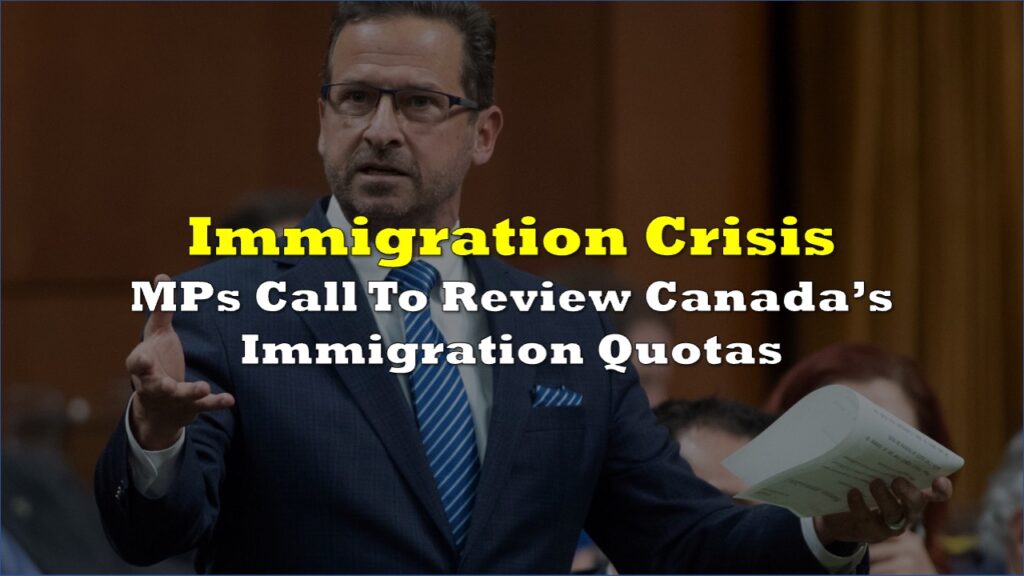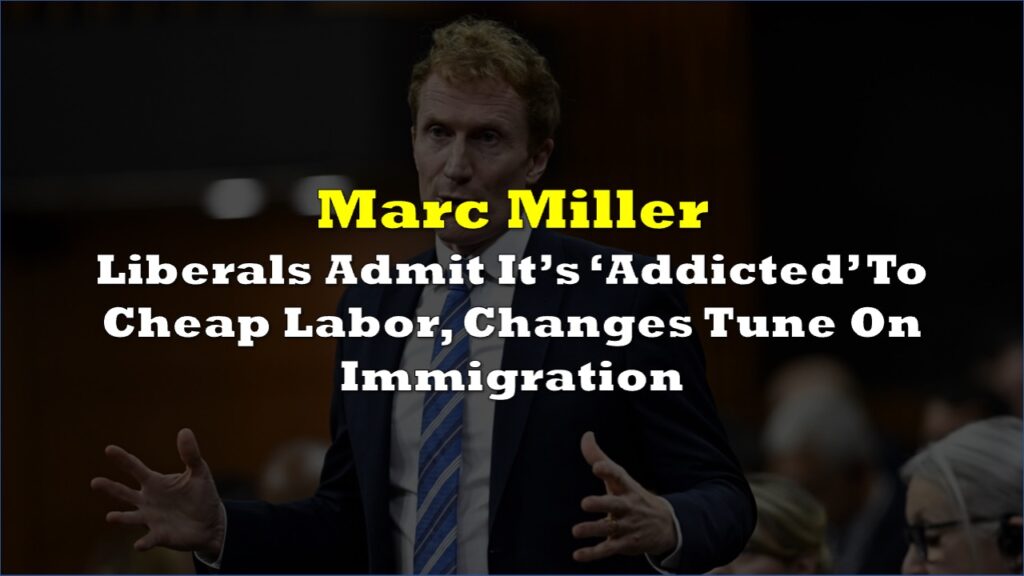Former Alberta Premier Jason Kenney renewed his criticism of Canada’s immigration policies this week, responding to new government data with detailed allegations that officials misrepresent statistics to disguise a fundamental shift away from skilled worker selection.
Kenney, Canada’s longest-serving immigration minister, posted pointed commentary on social media following the release of immigration data showing a 15% quarterly decline in permanent residents but continued growth in temporary workers.
This way of presenting data on immigration categories is misleading. (Not the Post’s fault; it’s how Ottawa has always reported these data.)
— Jason Kenney 🇨🇦🇺🇦🇮🇱 (@jkenney) May 26, 2025
In truth, two thirds of those admitted in the “economic” category are the dependant family members of selected economic immigrants.
In… https://t.co/N9LLtPyaHg
The former minister argues that approximately two-thirds of those classified as “economic” immigrants are actually dependent family members rather than principal applicants selected based on skills. Recent government data shows economic immigrants comprised 64% of permanent residents in early 2025, up from 62.7% in 2024.
“This way of presenting data on immigration categories is misleading,” Kenney wrote, claiming the classification obscures that only about 20% of new permanent residents undergo rigorous human capital assessment.
Building on criticism he made while former Prime Minister Justin Trudeau was still in power, Kenney contends current policies represent a dramatic lowering of selection standards. He claims Express Entry thresholds dropped from 886 points out of 1,200 under the previous Conservative government to just 75 points.
The government recently announced it will remove additional points for job offers from Express Entry this spring, calling it a “temporary measure.” The system now emphasizes category-based selections targeting healthcare, trades and French-language proficiency.
New data also confirms temporary foreign workers increased between quarters despite overall immigration cuts. In a September interview with The Hub, Kenney noted that temporary worker approvals had grown by 120%, with some sectors seeing increases exceeding 1,000%.
The former minister has criticized expanded temporary worker programs, arguing many involve fraudulent job offers or fail to address genuine labor shortages.
Kenney suggested officials pursued high immigration levels partly for political reasons.
“They imagined, with these high levels, both on the permanent and temporary side, that they’re creating a new permanent Liberal voting bloc,” he said.
Kenney argued the strategy backfired and undermined public support: “I think one of the worst legacies of the Trudeau government will have been to undermine what used to be the most robust pro-immigration consensus of any Western democracy.”
Prime Minister Mark Carney’s Liberal government, which won a minority mandate in April’s federal election, has maintained the immigration reduction approach. The government reduced permanent resident targets to 395,000 for 2025, down from previous projections of 500,000.
Read: Carney to Cut Canada Immigration from Record Peaks But Stay Above Historical Averages
Immigration Minister Lena Metlege Diab, appointed May 13, has signaled continuity with previous policy directions emphasizing “sustainable” immigration levels aligned with housing and infrastructure capacity.
Information for this story was found via the sources and companies mentioned. The author has no securities or affiliations related to the organizations discussed. Not a recommendation to buy or sell. Always do additional research and consult a professional before purchasing a security. The author holds no licenses.

